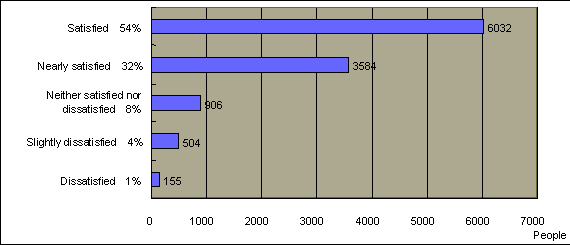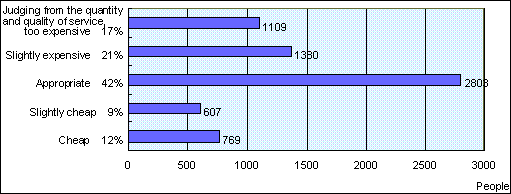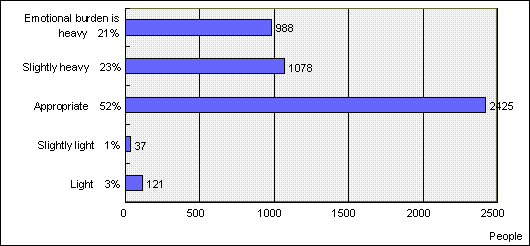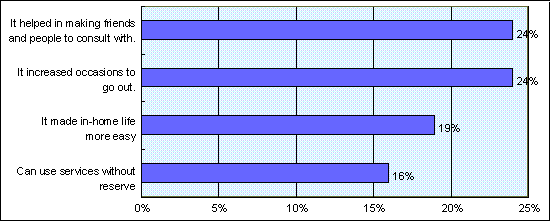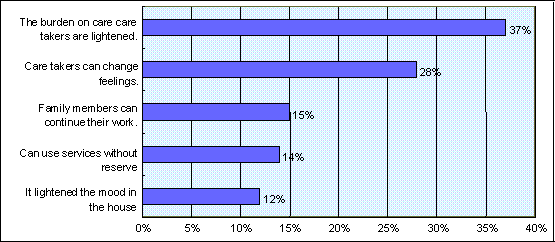(Summary of answers from 11,181 people living in Aomori Prefecture, Toyama Prefecture, Ishikawa Prefecture, Hiroshima Prefecture, Shimane Prefecture, Kochi Prefecture, Kumamoto Prefecture, Chiba City and Wakayama City)
- Approximately 86% of users replied that they are 'satisfied' or 'nearly satisfied' with the service they are using.
